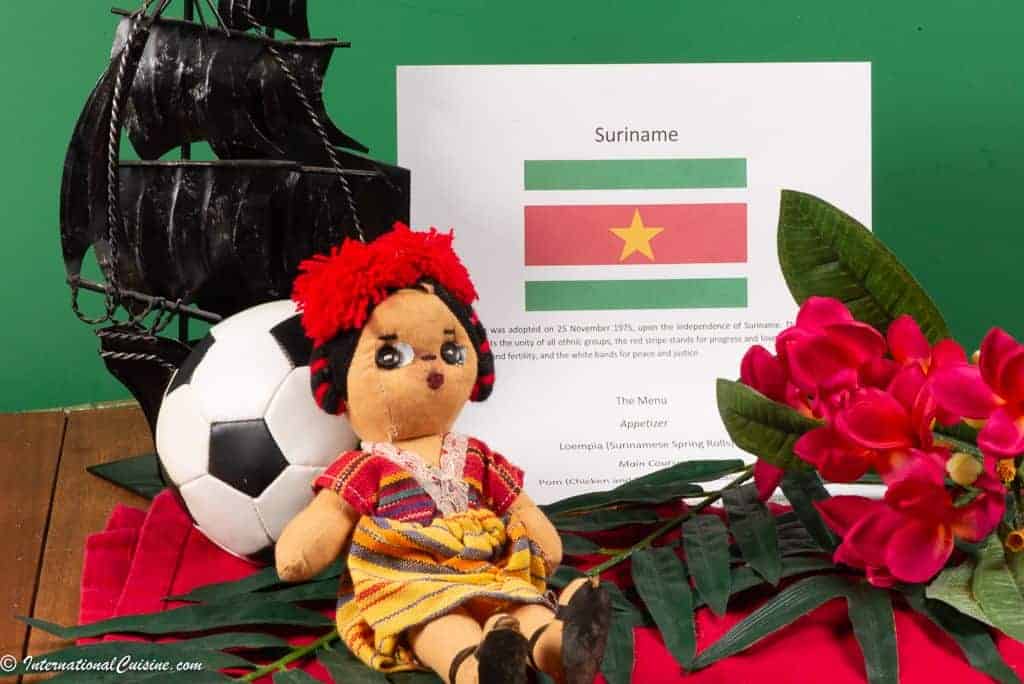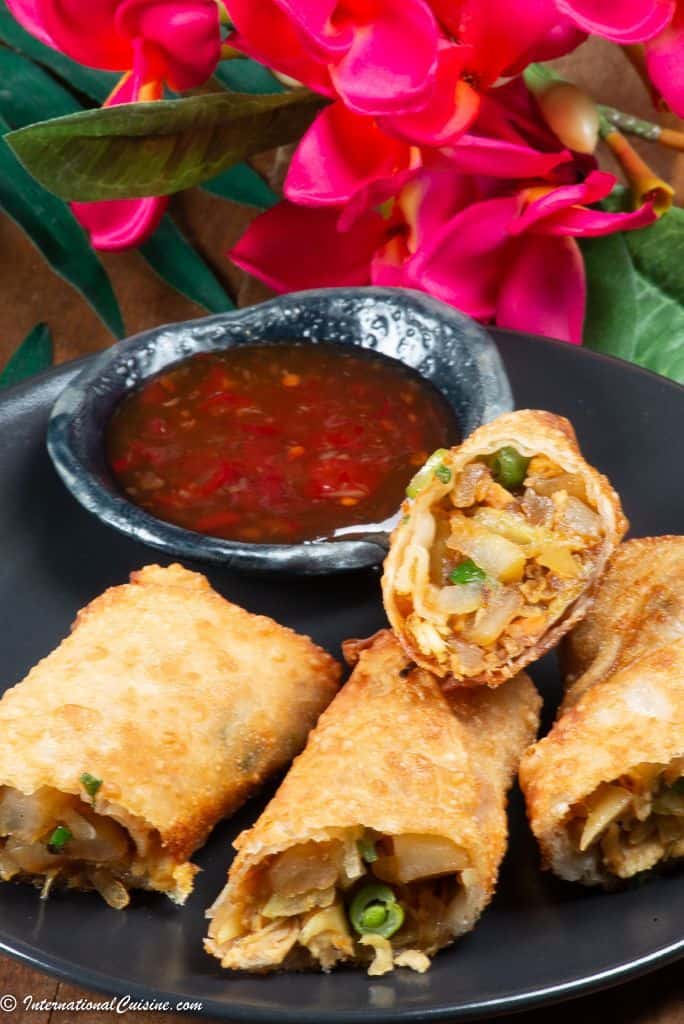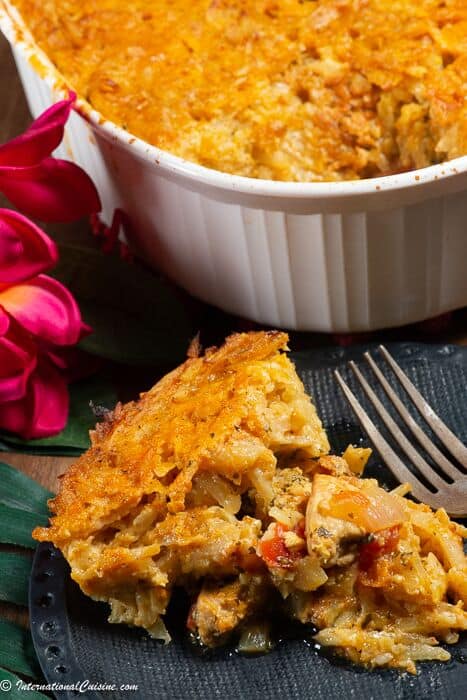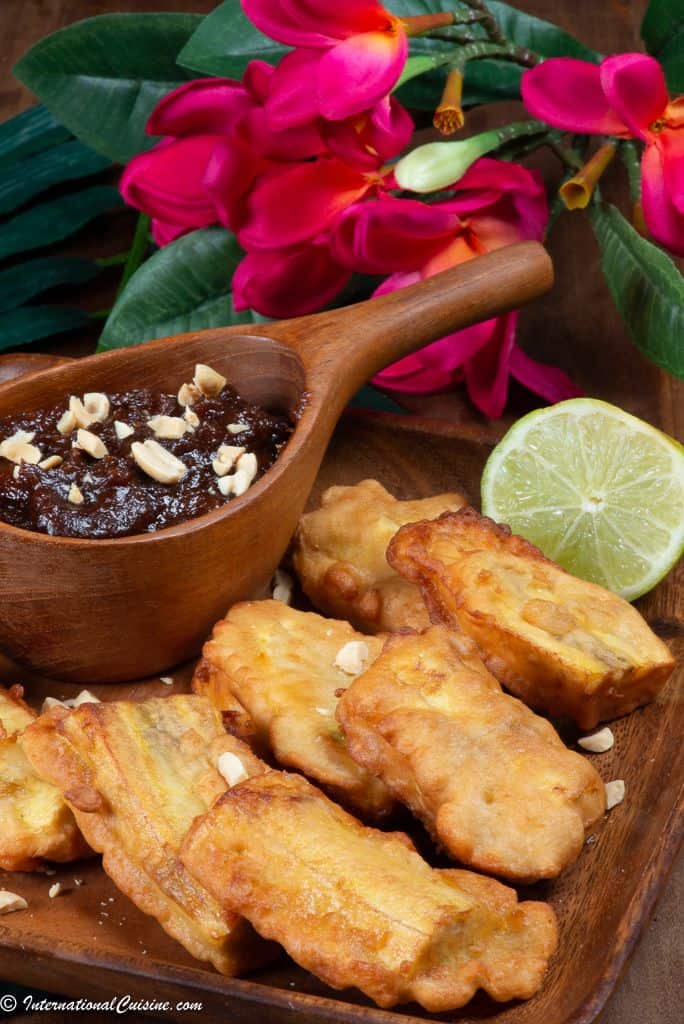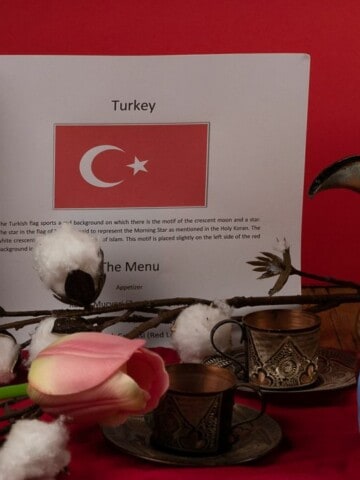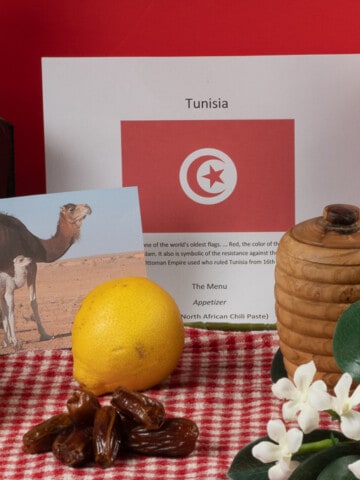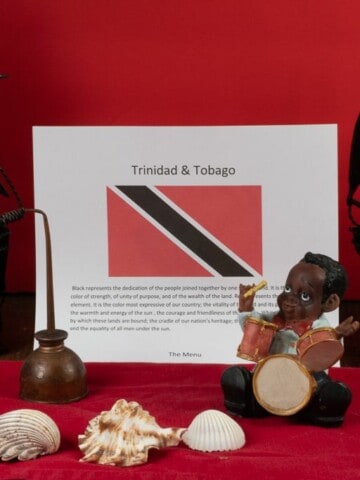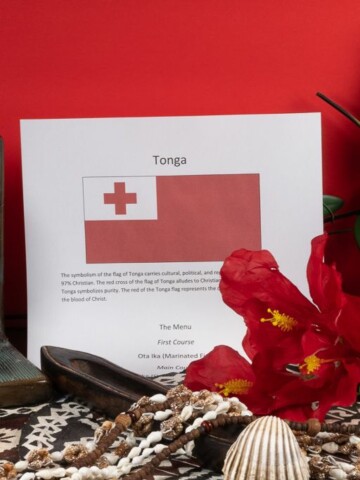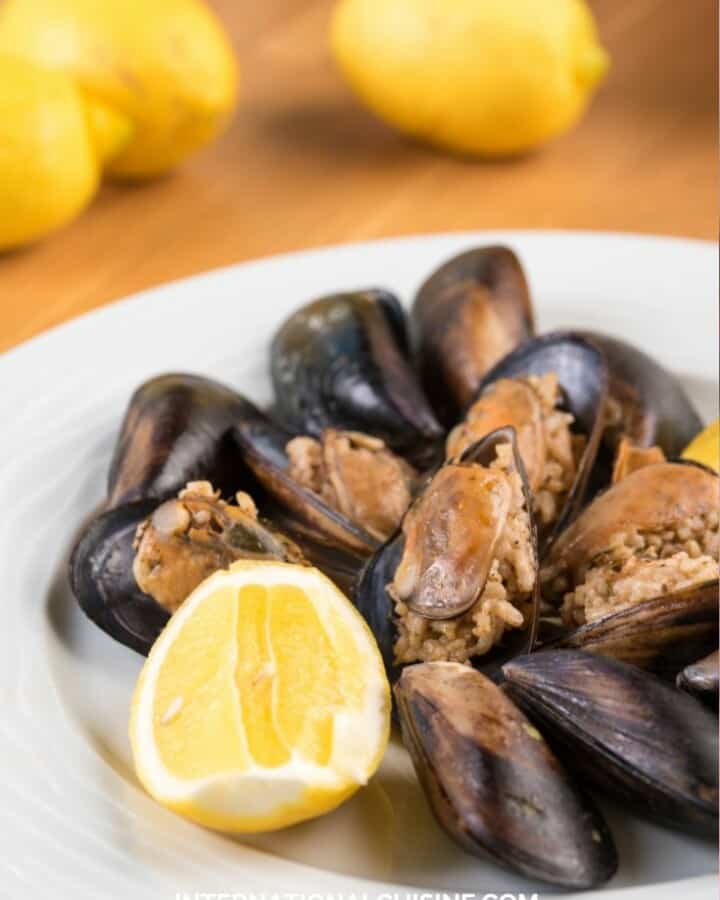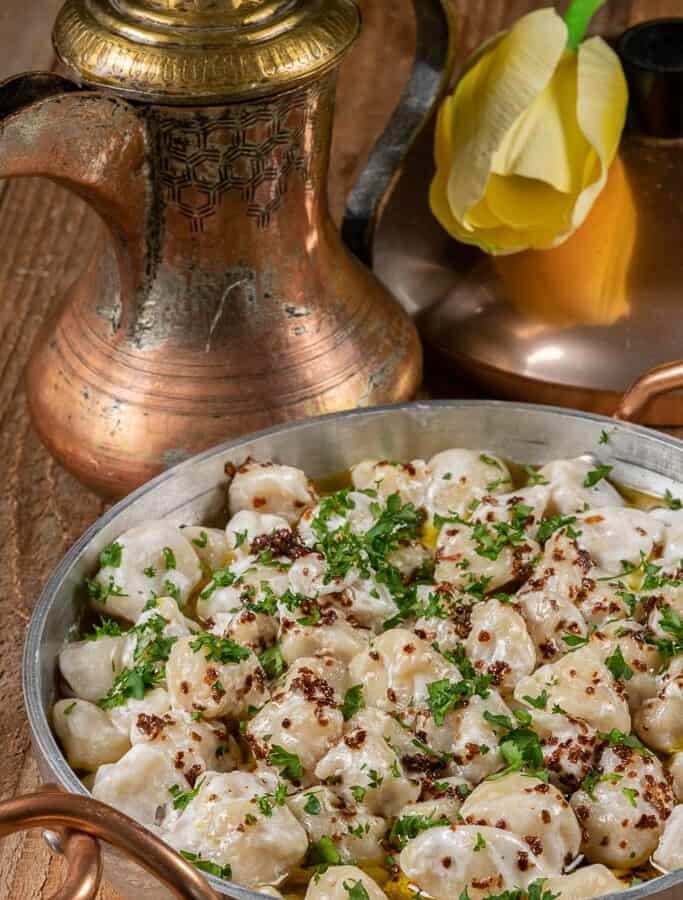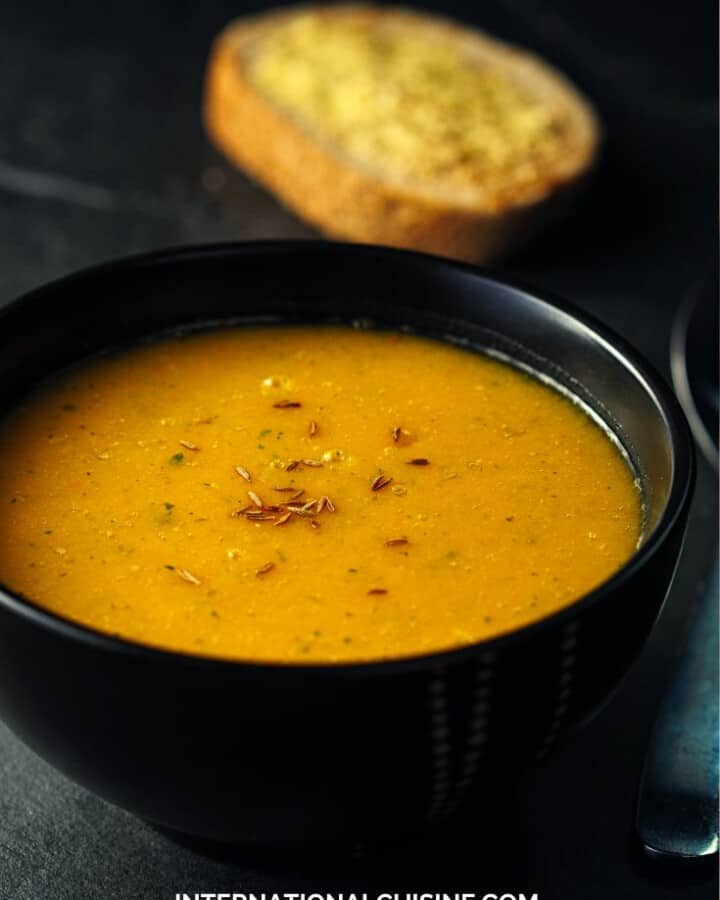How did Suriname get its name?
The earliest inhabitants were the Surinen Indians, after whom the country was first named. British settlers founded their original European colony at Marshall’s Creek along the Suriname River. They misspelled the name as Surinam. It was formerly known as Dutch Guiana. Today, it is officially known as, The Republic of Suriname.
Where is Suriname located?
Suriname is located on the northern coast of South America. It is bordered by the Atlantic Ocean to the north, French Guiana to the east, Guyana to the west and Brazil to the south. The capital city is Paramaribo, which lies nine miles from the Atlantic Ocean on the Suriname River. Suriname is the smallest country in South America yet its population is one of the most ethnically diverse.
The southern four-fifths of the country is almost entirely covered with pristine tropical rainforest. The country is one of seventeen in the world with mega biodiversity. The Central Suriname Nature Reserve, covering nearly 4 million acres, was established in June 1998. It is one of the largest protected areas of rainforest in the world and was designated a UNESCO World Heritage Site in 2000.
A Brief History of Suriname
It is believed that Suriname has been populated for millennia prior to the arrival of the Europeans. At the time of colonization the largest groups were the Arawaks and the Caribs. Smaller groups of indigenous people lived in the inland rainforest.
The first Europeans to arrive in Suriname were Spanish explorers and Dutch traders. The first attempt to settle the area was in 1630 by the English, led by Captain Marshall. They cultivated tobacco, but the enterprise failed financially. In 1650, Lord Willoughby established a fort and 50 or so plantations which were worked by the native Indians and 3000 African slaves, as well as Jewish immigrants from Portugal and Spain.
After this, the Dutch invaded in 1667. Fort Willoughby was attacked and renamed Fort Zeelandia. It was this same year the Dutch and English signed a treaty allowing the Dutch to remain in Suriname in exchange for the English to remain in New Amsterdam, which today is New York City in the United States of America.
The Dutch colonized Suriname and brought in more African slaves to work on the more than 200 plantations, producing sugar, coffee, cocoa and cotton. The products were exported to the Amsterdam market. The treatment of the slaves was horrific. Slaves would periodically escape to the jungle. They were known as “Djukas” or maroons. Occasionally, they would attack the plantations to acquire goods that were in short supply and to free enslaved women.
The Dutch did not abolish slavery until 1863. The freed slaves were still required to continue to work the plantations on a contractual basis and were not released until 1873. The Dutch needed more workers, so they brought them in from the Dutch East Indies; mostly Chinese inhabitants of that colony. They also brought in laborers from India, as well as Java.
In 1916, bauxite mining was introduced by the Alcoa company. Bauxite is the principle ore used to make aluminum. Bauxite gradually became Suriname’s main export. Timber was also an important export.
In 1975, Suriname became independent. However, about a third of the population emigrated to the Netherlands in fear their country would not be viable.
After Independence, like in many other nations, times were challenging. There were dictatorships and several military coups. In 1982, the armed forces, led by Desi Bouterse, set up the Revolutionary Peoples’ Front. Fifteen opposition leaders were charged with plotting a coup and executed. The US and the Netherlands responded by cutting off their aid.
In 1997, the Dutch government issued an International arrest warrant for Bouterse, claiming he smuggled more than two tons of cocaine into the Netherlands. He was convicted in 1999, however Suriname refused to turn him in. Despite these charges Bouterse managed to become president once again in 2010. Thankfully, his corrupt military reign ended in the last election, which was just held in May 2020. The new president, Santokhi, is left with an economy in shambles and a population of about 575,000. It remains to be seen, whether or not Bouterse will ever serve the jail time for the crimes he has been convicted of in the Netherlands, and his homeland. On a positive note, new discoveries have been made of vast oil reserves off the coast of Suriname. They are also working on increasing travel tourism to the nation in an eco-friendly way.
Surinamese Culture
Suriname is aligned with the cultural traditions of the Netherlands. Dutch is the official language. However, most speak Sranan; an English-based creole which has been influenced by Dutch, Portuguese and some west African languages. There are several indigenous languages that are spoken there as well.
Suriname has a very diverse cultural heritage with strong Asian, African and European influences. The country’s culture is most notable through its cultural events; music, dance and of course, cuisine, all of which are a fusion of its diverse population. There is no official religion in Suriname but about 50 percent identify as Christians, 22 percent Hindu, 14 percent Islam and the balance a mix of indigenous beliefs. Generally speaking, the country is not divided by race or religion. The Surinamese people are known to be friendly and hospitable, despite being extremely poor.
In the capital city of Paramaribo you will find the historic center which is also a UNESCO World Heritage Site. Colonial buildings are well kept and you will be awed by the huge, wooden Saint Peter and Paul Cathedral that is the biggest wooden structure in the Western Hemisphere. Pope Francis designated it a ‘Minor Basilica’.
Surinamese Cuisine
The cuisine of Suriname is extensive and diverse, just like the population. Each ethnic group brought with them their culinary traditions. The only difference is that some ingredients may not have been available in Suriname like they were from their homelands, which resulted in dishes with a distinctive Surinamese influence.
Popular ingredients include rice, root vegetables, like pomtajer and cassava, yardlong beans, okra and eggplant. Chicken and beef are common as are shrimp and fish from the rivers. Some of the most popular dishes are roti, loempia, nasi goring, bami, pom (which is a made for birthdays.) Moka-alesi is a dish made with rice and salted meat or fish and beans. Peanut soup is customary as well.
For dessert, cakes like boyo, made of coconut and cassava and fiadu, made with currants and almonds, as well as cookies are all popular desserts. Bakabana, battered plantains, are also a favorite.
So let’s enjoy a Surinamese meal:
The Menu
Appetizer
Loempia (Surinamese Spring Rolls)
Main Course
Pom (Chicken and Root Vegetable Casserole)
Dessert
Bakabana (Fried Plantains with Spicy Peanut Sauce)
We set the mood with some Afro-Caribbean music called kaseko, a musical genre from Suriname. We set the scene with the national flower, called faya lobi. A doll was placed to signify the indigenous people and their handicrafts, as well as a soccer ball representing their most beloved sport. A ship was also added to depict the way most of the slaves arrived to Suriname, under Dutch rule.
Our first course consisted of delicious spring rolls, made with chicken and vegetables. The rolls were deep-fried and served with a sweet chili sauce. They were definitely an appetizer with influences from both Chinese and Indonesian immigrants.
For our main course, we savored the unusual dish called pom. It is basically a chicken casserole with citrus notes served with root vegetables and seasonings. It has many ingredients, and I was skeptical as I prepared it. It is of Jewish origin but clearly each ethnic group has added their own touches to make the dish their own. There are many recipes for pom, and I am certain each family has their own unique version. One thing for certain is that, it’s delicious. They have a saying in Suriname, “There can’t be a birthday without pom.”
For dessert, we served the battered and fried plantains called bakabana. They were amazing and were dipped in the delightful, spicy peanut sauce.
As we say goodbye to this small South American nation of Suriname, we do so with a wish that the new leadership will bring prosperity to all the people there.
Here are a few Surinamese sayings:
“You have two ears, but you never hear words twice.”
“A dog with many masters, dies of starvation.”
Until next time,
“Adyosi” (that’s “goodbye” in Sranan)
Warmest regards,
Darlene

